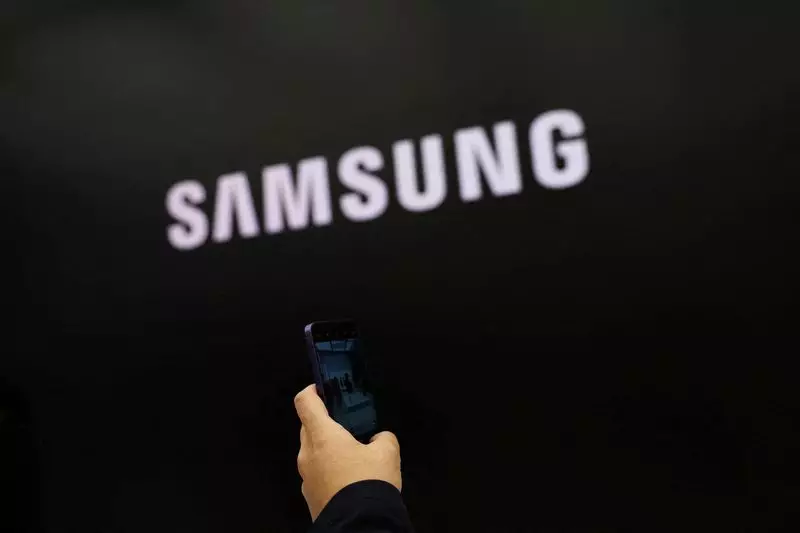Samsung Electronics, the global leader in memory chip, smartphone, and TV manufacturing, has reported an astonishing more than 15-fold increase in its second-quarter operating profit. The company estimated that its operating profit surged to a remarkable 10.4 trillion won ($7.54 billion) in the quarter ended June 30th, a significant leap from 670 billion won reported during the same period last year. This exceptional performance exceeded the 8.8 trillion won SmartEstimate from LSEG and marked Samsung’s most profitable quarter since the third quarter of 2022. The impressive profitability can be attributed to the rebounding semiconductor prices driven by the artificial intelligence (AI) boom, which significantly boosted earnings from a relatively low base in the previous year.
Samsung’s semiconductor division, a crucial component of its business, likely achieved its second consecutive quarterly profit, outpacing the results from the first quarter. The persistent increase in memory chip prices, primarily fueled by the high demand for advanced DRAM chips like high bandwidth memory (HBM) used in AI chipsets, has been a key contributing factor to the profitability surge. Additionally, the demand for chips used in data center servers and gadgets supporting AI services has further propelled chip prices upward. TrendForce data reveals that in the second quarter, prices for DRAM chips used in tech devices surged by approximately 13% to 18% compared to the previous quarter, while NAND Flash chips prices, utilized for data storage, saw an increase of 15% to 20%.
Challenges and Future Outlook
Despite the remarkable gains in the second quarter, analysts anticipate a potential slowdown in the increase of memory chip prices in the third quarter. TrendForce projects a more modest 5% to 10% price hike for traditional DRAM and NAND Flash chips, as there appears to be lackluster demand for older chip models in the consumer electronics market. One crucial aspect to monitor in the upcoming earnings call at the end of the month is Samsung’s stance on legacy chips. This insight will serve as a pivotal indicator of whether the ongoing recovery in the chip industry can be sustained into the following year.
Samsung faces intense competition in the high-end chip supply market, particularly in the production of HBM chips, where South Korean competitor SK Hynix has forged ahead. Additionally, the company’s journey to secure approval for its latest fourth-generation HBM chips for supplying to Nvidia has faced challenges due to issues related to heat and power consumption. The recent semiconductor division leadership change initiated by Samsung in May underscores the company’s commitment to navigating through the current “chip crisis” and maintaining its market position amidst fierce competition.
The performance of U.S. rival Micron Technology, which reported better-than-expected revenue in its latest quarterly results driven by the AI industry’s surge in demand, further highlights the competitive landscape in the semiconductor market. Investors are eagerly awaiting updates on Samsung’s chip innovations and advancements, particularly in high-demand areas like AI-driven high-end chips and solid-state drives (SSDs). The approval status for supplying Nvidia with the latest HBM chips will serve as a key development to monitor in the coming months.
Samsung Electronics’ stellar second-quarter earnings growth signifies a notable achievement in the semiconductor industry. The company’s strategic focus on capitalizing on the AI boom and advancements in high-end chip production underscores its commitment to innovation and market leadership. As the semiconductor market dynamics continue to evolve, Samsung’s ability to navigate challenges, drive innovation, and adapt to changing demand trends will be critical in sustaining its growth trajectory in the competitive landscape.

